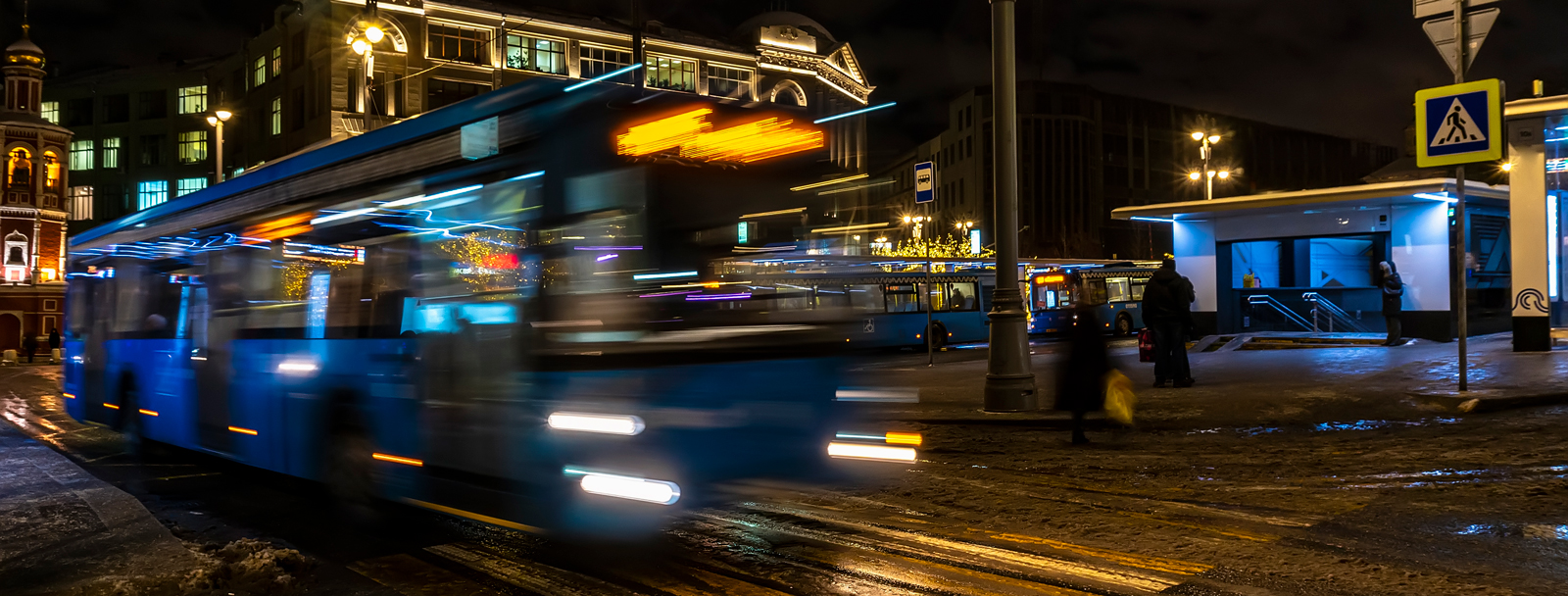
Enhancing efficiencies in bus procurement
Embracing standardization and configuration controls in bus procurement can lead to cost savings and operational resilience
By Amanda DeGiorgi and Paul Kaufmann | HNTB
As transit agencies work to modernize and expand their fleets, the bus procurement process is becoming increasingly complex. Lead times for diesel, compressed natural gas, hybrid electric and zero-emission buses can stretch to as much as two years. This timeframe, coupled with rising costs and evolving regulatory requirements, underscores the need for a strategic, proactive approach to procurement. By prioritizing fleet standardization and configuration control, agencies can not only streamline acquisition timelines but also drive long-term operational efficiencies and cost savings.
Unlocking the value of standardization
Fleet standardization—minimizing variations across vehicle specifications—provides long-term benefits to agencies. Transit agencies continually strive to balance the benefits of fleet standardization with the need to meet specific service requirements and integrate technological advancements. While customization is necessary in certain cases, refining procurement strategies to focus on common specifications can unlock additional efficiencies in maintenance, parts management and operator training.
By standardizing fleets, agencies can:
- Reduce Costs – Standardized procurement allows agencies to negotiate pricing, reduce engineering customization expenses and lower testing and approval costs. Additionally, bulk purchasing, through bus purchase consortiums, can provide volume discounts, leading to long-term savings.
- Simplify Maintenance and Inventory Management – A standardized fleet reduces the need for extensive technician training and increased parts inventories, ultimately improving rolling stock availability. By working with a predictable set of vehicle components, maintenance teams can streamline troubleshooting and reduce vehicle downtime.
- Enhance Operator Training and Safety – Standardizing vehicle controls and layouts minimizes operator learning curves and improves the overall safety of the subfleet. Operators transitioning between vehicles with consistent designs experience fewer disruptions and can more seamlessly integrate new vehicles into operations.
- Increase Fleet Flexibility – A uniform fleet enables vehicles to be reassigned across service areas with minimal disruption, optimizing utilization and responsiveness. This can yield cost efficiencies for agencies that outsource operations, as contractors are able to streamline maintenance, training, and parts inventory through the use of a uniform vehicle platform.
Configuration Control: Managing change effectively
Even with a standardized fleet, technology advances and regulatory updates can necessitate design modifications to the bus or its subsystems. By implementing a structured approach to managing design modifications, agencies can preserve the benefits of standardization while seamlessly integrating new innovations and complying with regulatory requirements.
A well-defined configuration management strategy helps transit agencies:
- Ensure Subfleet Compatibility – Implementing strict version control can help ensure that new vehicle iterations integrate seamlessly with existing infrastructure — including digital systems — and established bus subfleets. This approach enhances parts interchangeability and supports consistency in technician training and operator familiarity.
- Mitigate Parts Obsolescence – By proactively managing supplier changes and component phase-outs, agencies can reduce supply chain risks and unexpected costs. Establishing long-term contracts with parts suppliers can help maintain stable inventories and avoid sudden inventory shortages.
- Support Lifecycle Planning – Evaluating the total cost of ownership — including maintenance needs and technological obsolescence — ensures smarter long-term investment decisions. Agencies that plan for mid-life overhauls and software updates can extend vehicle usability while minimizing disruptions. Mid-life overhauls also can provide an opportunity to the transit agency to update the buses with new technologies that can benefit the agencies overall operating costs.
- Preserve Institutional Knowledge – Implementing formalized documentation and training programs ensures continuity despite workforce turnover. Creating and maintaining a centralized database of configuration changes can ensure that historical modifications are accessible to future decision-makers.
Practical steps for implementation
A successful bus procurement strategy is more than just buying vehicles — it necessitates a forward-thinking approach that integrates standardization and configuration control from the outset. A proactive, structured approach ensures that procurement decisions align with long-term agency goals, local mandates for implementation of zero emission technologies and industry best practices. The following steps can help guide agencies throughout procurement:
- Define Core Vehicle Specifications Early – Developing long-term procurement guidelines with standardized specifications can support flexibility for regulatory, customer and technology changes. Engaging maintenance, operations and other internal stakeholders early helps align decisions with operational needs and ensures control over outcomes.
- Engage Manufacturers – Early collaboration with bus and component manufacturers helps incorporate the latest technologies and avoid design conflicts, fostering stronger partnerships and better alignment on optimal vehicle configurations.
- Leverage Joint Procurement Agreements – Partnering with other agencies to purchase buses with shared specifications can drive down costs and increase the purchasing power of the consortium. Agencies can explore cooperative purchasing programs to pool resources and increase bargaining power with bus manufacturers.
- Develop a Configuration Management Plan – Implement a formal process for tracking and approving design changes to maintain consistency and cost-effectiveness. Regular audits and compliance checks ensure that configuration changes align with agency requirements and goals and industry best practices.
- Invest in Maintenance Workforce – Equipping maintenance teams and operators with the right technical knowledge, tools and equipment is essential to managing standardized fleets efficiently. Ongoing training and cross-skilling help staff adapt to evolving technologies and policies, while standardized buses with common parts support greater consistency in tooling and maintenance practices.
- Integrate Data-Informed Decision Making – Leveraging fleet performance and procurement data enables agencies to identify inefficiencies, optimize lifecycles, improve reliability and inform future purchasing strategies. Historical data supports evidence-based decisions aligned with operational needs.
Future-ready approach to bus procurement
By evaluating current fleet performance and procurement practices, transit agencies can take meaningful steps toward a more streamlined, cost-effective approach. Investing in scalable fleet strategies today not only enhances efficiency but also prepares agencies to adapt to shifts in manufacturing availability, federal regulation and community needs. Agencies that embrace standardization and configuration control can realize a more resilient and adaptable future.
ABOUT THE AUTHORS
 Amanda DeGiorgi
Amanda DeGiorgi
Senior Director, Zero Emissions Fleet and Facilities
HNTB Corporation
Amanda DeGiorgi is a rail and transit expert, bringing extensive experience in delivering large-scale transit infrastructure programs. DeGiorgi specializes in transit infrastructure and vehicle planning, design and operations, helping transit agencies implement innovative and efficient mobility solutions.
Contact her at [email protected].
 Paul Kaufmann
Paul Kaufmann
Senior Director, Bus Fleets
HNTB Corporation
Paul Kaufmann is a bus fleet and transit expert, bringing over 40 years of experience in bus fleet procurement, zero-emission transitions, and maintenance facility design. Kaufmann specializes in bus fleet management and engineering, helping transit agencies enhance operations and implement sustainable mobility solutions.
Contact him at [email protected].
